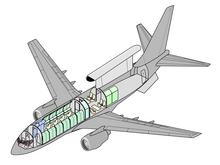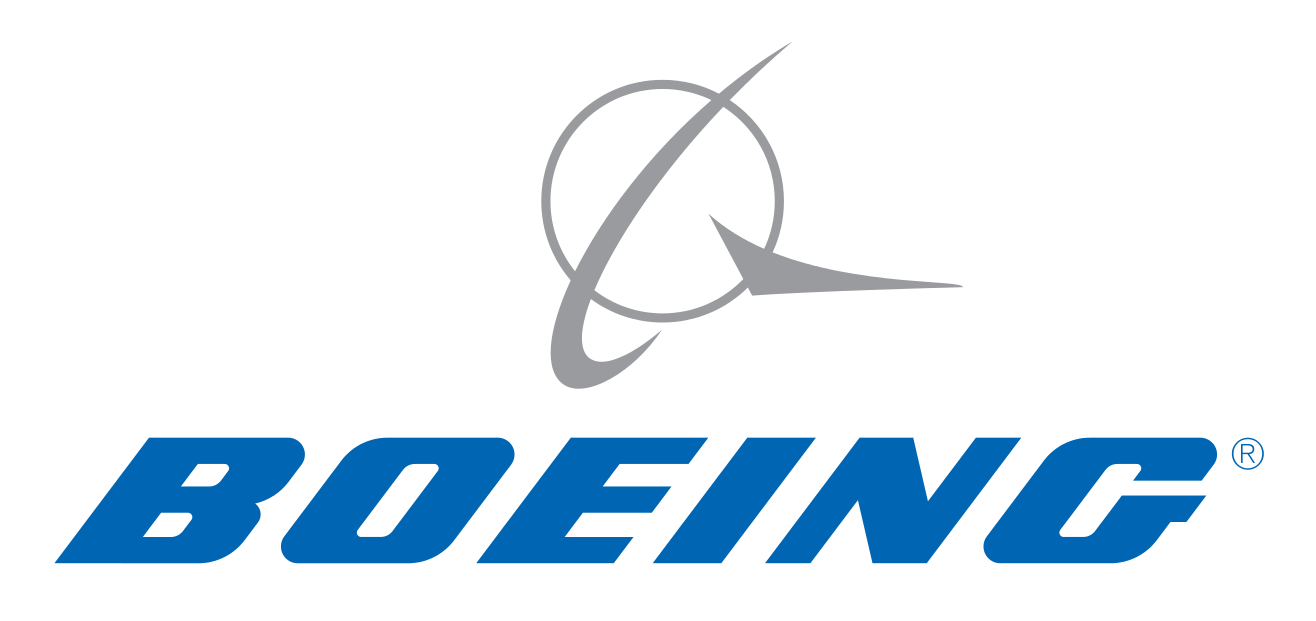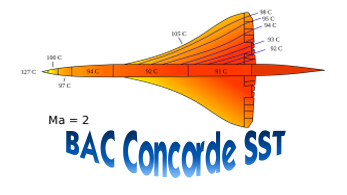Boeing E-3 Sentry AWACS battlefield management aircraft
 |
|
| A Royal Australian Air Force Boeing E-7A Wedgetail | |
| Role | Airborne early warning and control (AEW&C) |
|---|---|
| Manufacturer |
|
| First flight | 2004 |
| Introduction | November 2012 |
| Status | In service |
| Primary users |
Royal Australian Air Force
|
| Number built | 14 |
| Developed from | Boeing 737 Next Generation |
.
History Boeing Battlefield management aircraft
Boeing E-3 Sentry AWACS

The Boeing E-7 Wedgetail is a twin-engine airborne early warning and control aircraft based on the Boeing 737 Next Generation design. It has a fixed, active electronically scanned array radar antenna instead of a rotating one as with the 707-based Boeing E-3 Sentry. The E-7 was designed for the Royal Australian Air Force (RAAF) under "Project Wedgetail" and designated E-7A Wedgetail.
The 737 AEW&C has also been selected by the Turkish Air Force (under "Project Peace Eagle", Turkish: Barış Kartalı, designated E-7T the Republic of Korea Air Force ("Project Peace Eye", 피스 아이), and the United Kingdom (designated Wedgetail AEW1). In April 2022, the United States Air Force announced that the E-7 will be replacing the E-3 beginning in 2027
Australia ordered four AEW&C aircraft with options for three additional aircraft, two of which have since been taken up. The first two Wedgetails were assembled, modified and tested in Seattle, Washington, while the remainder were modified by Boeing Australia, with deliveries once set to begin in 2006,. Boeing and Northrop teamed with Boeing Australia, and BAE Systems Australia. Boeing Australia provides training, maintenance and support, BAE provides EWSP systems, Electronic Support Measures (ESM) systems and ground support systems
Design and development

The Australian Department of Defence evaluated industry proposals for airborne surveillance and early warning systems as early as 1986. Further studies led to the approval of the first phase of Project AIR 5077 in 1994. In 1996, Australia issued a request for proposal (RFP) for the aircraft for the RAAF under Project Wedgetail, which refers to the indigenous eagle. In 1999, Australia awarded Boeing Integrated Defense Systems a contract to supply four AEW&C aircraft with options for three additional aircraft.
Photo Gallery
Boeing Battlefield management aircraft
Boeing E-3 Sentry AWACS


Boeing E-7A Wedgetail
Boeing’s E-7A battlefield management aircraft
General Info 1
-
-
- Crew: mission: six to ten; flight: two
- Capacity: 43,720 lb (19,830 kg)
- Length: 110 ft 4 in (33.6 m)
- Wingspan: 117 ft 2 in (35.8 m)
- Height: 41 ft 2 in (12.5 m)
- Wing area: 980 sq ft (91 m2)
-
Powerplant
-
-
- Empty weight: (46,606 kg)
- Max takeoff weight: (77,600 kg)
- Powerplant: 2 × CFM International CFM56-7B27A turbofan engines, 27,300 lbf (121 kN) thrust each
-
Performance
- Cruise speed: 530 mph (853 km/h,
- Range: 4,000 mi (6,500 km, 3,500 nmi)
- Service ceiling: (12,500 m)
.
Links to Youtube & Others
The Air Force’s desired adaptations to Boeing’s E-7A battlefield management aircraft are proving to be harder than expected and complicating price negotiations, top service officials said Tuesday.
Boeing E-3 Sentry AWACS
The three aircraft fleet will enable the UK to deliver its national and international commitments, including for NATO.
Youtube Link
E-7 Wedgetail will replace the E-3D Sentry fleet and deliver the next generation of the RAF’s Airborne Early Warning and Control












